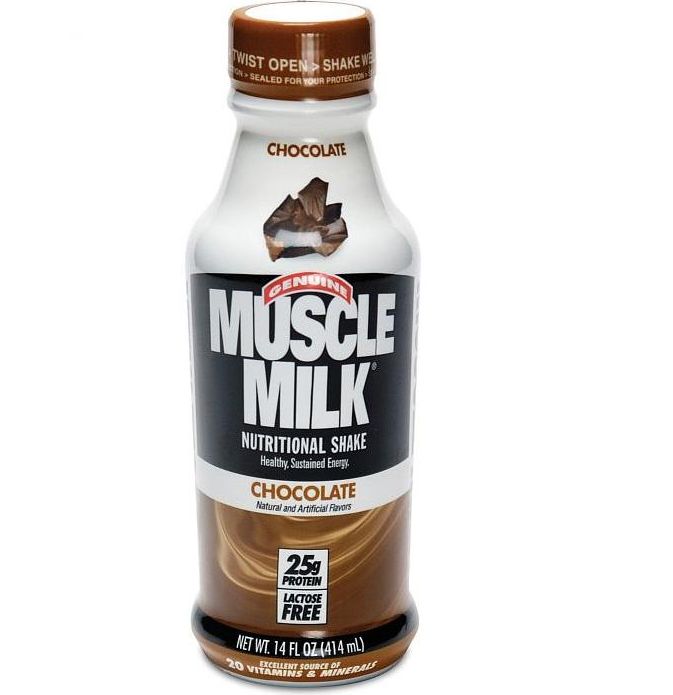
Any excuse to use this picture
The issue of alcohol (and more precisely beer) pricing in take home channels in the UK has been under debate for a while. From a pub culture where most alcohol was consumed away from home, Britain is now buying alcohol cheap at the local supermarket and drinking at home.
While this is good in that it keeps drunk drivers off the narrow and icy streets at this time of year, it has also created a bulge for cheap booze at the bottom end of the market.
The Times has some interesting coverage of this issue, now saying that "Beer is Cheaper than Water", but read a little more closely and you will see that the comparison is between the cheapest beer and "brand name" mineral water. If you went into just about any store in the US and compared PBR to Fiji Water on a $/oz basis you would see the same thing.
From my perspective, it is interesting to see that the government is considering a price floor for alcohol, something Canada already does. Also it may have implications for the future of sugared soft drinks here in the USA. Currently we are seeing an influx of promotional dollars into take home channels that are driving branded soft drinks to almost Private Label levels.
Price floors for our beverages? Due to sugar for CSDs, alcohol for beer and plastic for bottled water? Stranger things have happened...












































